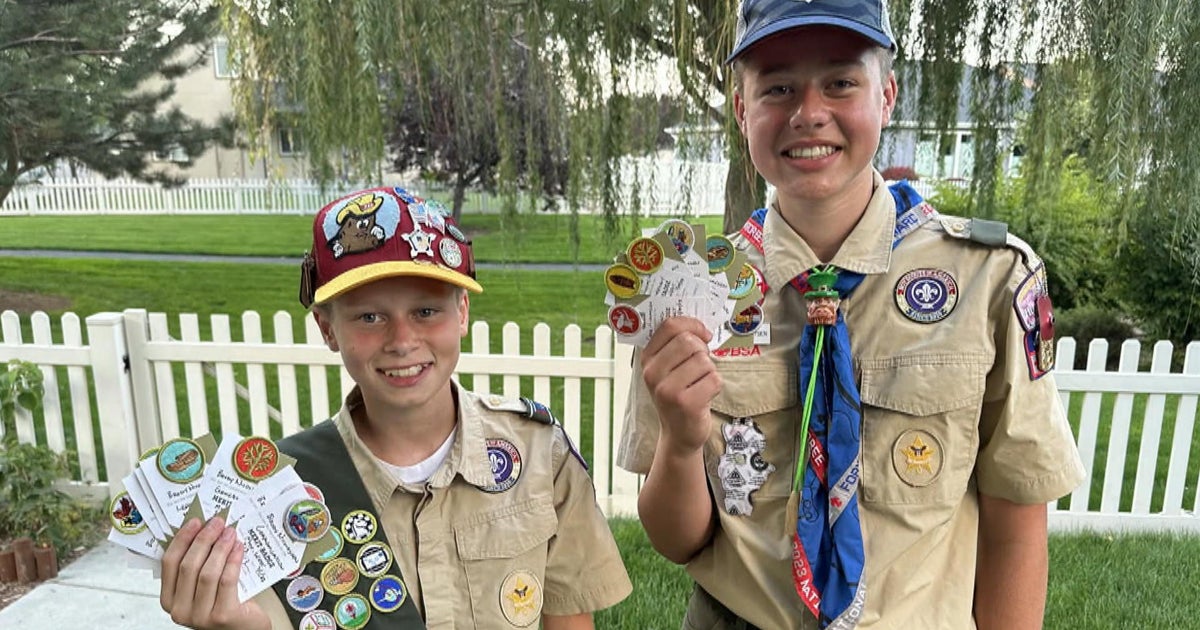Descendants of General Robert E. Lee and enslaved people unite for change: "We want to move forward"
Visitors can return to Arlington House, The Robert E. Lee Memorial, starting on Tuesday. An extensive overhaul by the National Park Service brought together descendants of both General Lee and enslaved people who once lived and labored on his estate. It was a moment nearly 200 years in the making. But to get to that moment required taking many steps forward.
Inez Parks and Steve Hammond have roots at this historic site. Parks' great-grandfather, James, dug the first graves at Arlington.
"There's a people, deserving people. They need their stories told," she told CBS News' Jericka Duncan.
Hammond said when he comes to the site, he thinks of the people who actually helped build it.
In new exhibits opening Tuesday, the lives of those who labored for free are now a greater focus. The Park Service restored former slave quarters that had become the site's bookstore.
"The fact that we have chosen to change it back into a place of honor. I think is a very big deal," Hammond said.
Aaron LaRocca has worked for the National Park Service for 15 years. He said he couldn't have imagined a day where those lives would become a focus of the museum. "We've really been able to progress to uplift the story of all the people here," LaRocca said.
It's a story Steve Hammond and his family have spent years unraveling. Hammond learned that General Lee freed his relative, Charles Syphax, and dozens of other enslaved people.
"Robert E. Lee ultimately signs a deed to free 40 people that were enslaved here, and Charles Syphax is one of those," he said.
Hammond said that the stories are very complex and that he thinks they're worth the country knowing more about.
Rob Lee and his sister Tracy Lee Crittenberger agree. They're the general's great-great-grandchildren. While the family has kept the name alive, they've worked to bury the ideas associated with it. After watching last summer's global reckoning on racial injustice, the images of Charlottesville, and watching statues of General Lee come down, his family spoke up.
"As a Lee family, we stand completely in alignment with the social justices that are going on today. There's no chance that we're going to be the leaders of this, but if we can do one small thing here, is just to say we want to move forward," Lee said.
Billionaire philanthropist David Rubenstein donated more than $12 million toward the National Park Service's restoration project. He said he wants to remove the Robert E. Lee name.
"Well, I think that Robert E. Lee is a person who symbolizes for some people things that probably are not appropriate," he said. But renaming the memorial would take an act of Congress.
"Drop the Robert E. Lee name from it, but it doesn't expunge his history here," Hammond said.
"It's not just about General Lee. It's about all the families that lived here and all their voices," Lee said.
Generations later, families, connected by a painful past, freed the untold stories to honor the people who made this a national treasure. Hammond said he's been looking forward to this moment for years.
"I get emotional talking about it. It's a very powerful opportunity to bring people together and try to make a difference and a better world," he said.



